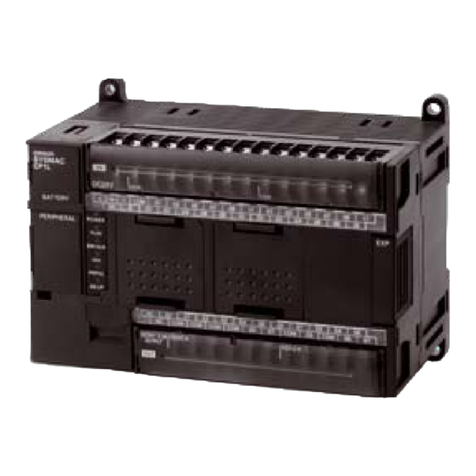Omron SYSMAC CPM2B-S001M-DRT User manual
Other Omron Controllers manuals

Omron
Omron V720 Series User manual
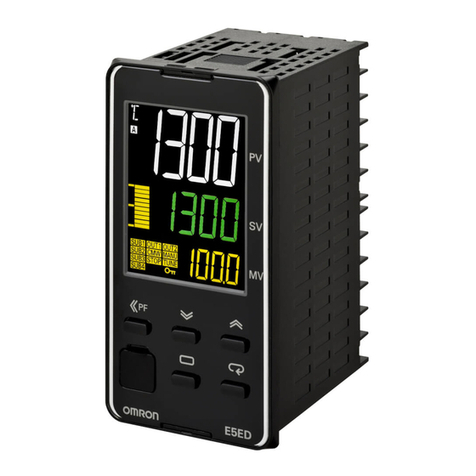
Omron
Omron E5ED User manual

Omron
Omron NJ501 series Instruction Manual
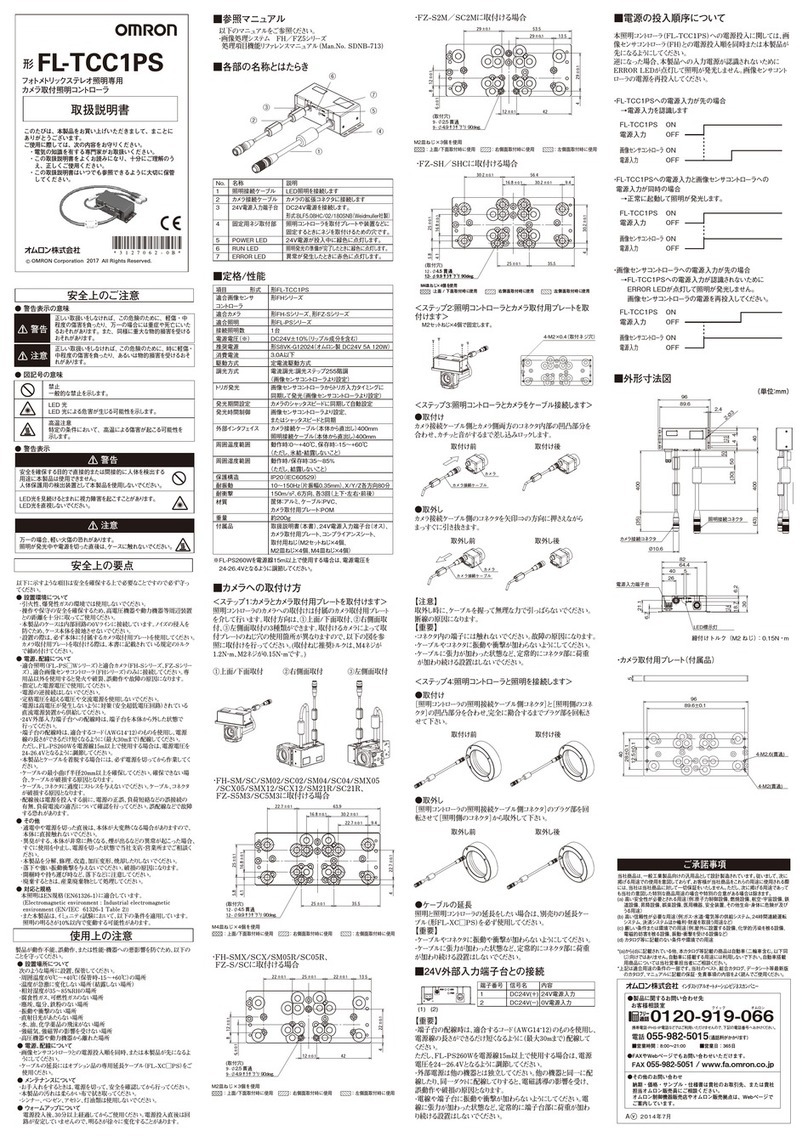
Omron
Omron lFL-TCC1PS User manual
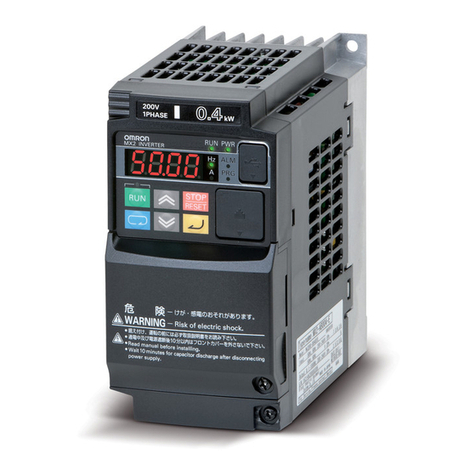
Omron
Omron CJ Series Instruction Manual
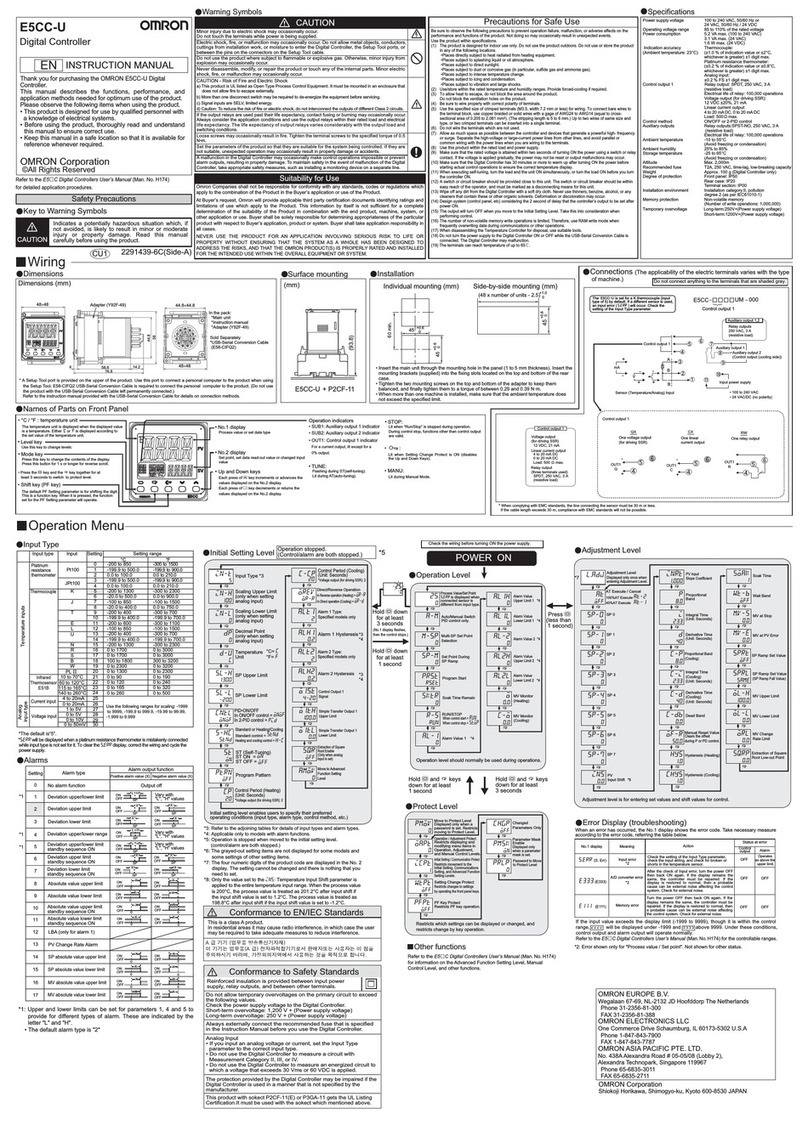
Omron
Omron E5CC-U User manual
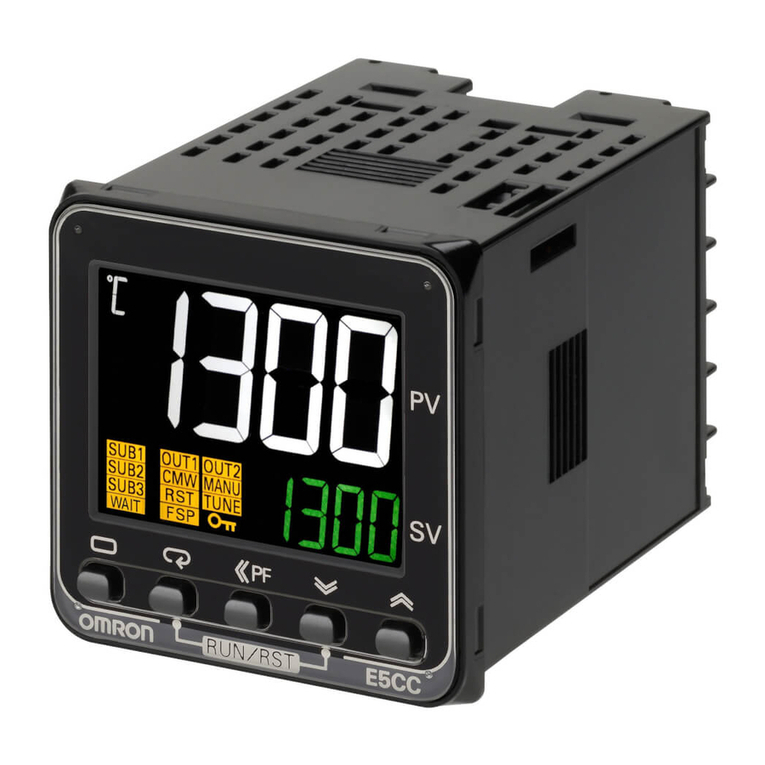
Omron
Omron E5CC User manual
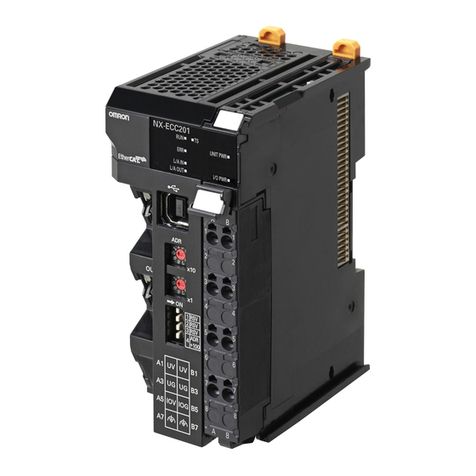
Omron
Omron NX-ECC201 User manual
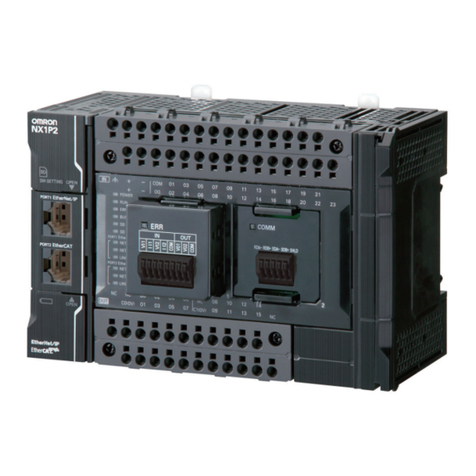
Omron
Omron NX1P2 series Instructions for use

Omron
Omron E5AN User manual

Omron
Omron C200HX-CPU Series User manual
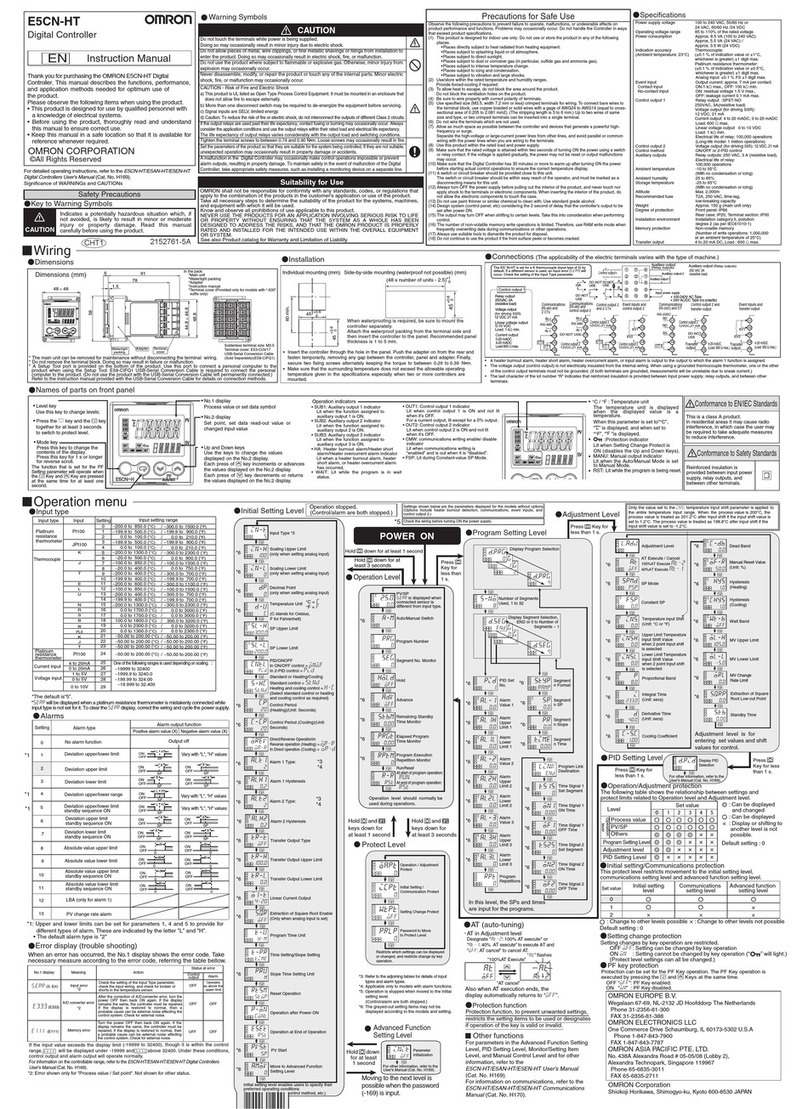
Omron
Omron E5CN-HT User manual
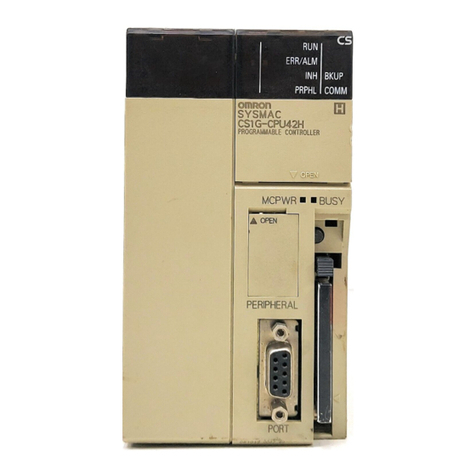
Omron
Omron CS1G-CPU42H Parts list manual
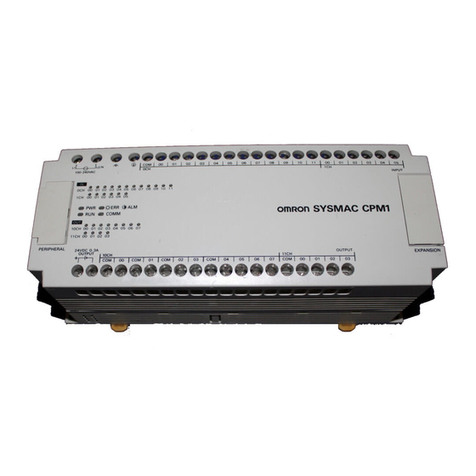
Omron
Omron CPM1 - PROGRAMING 02-2001 Owner's manual
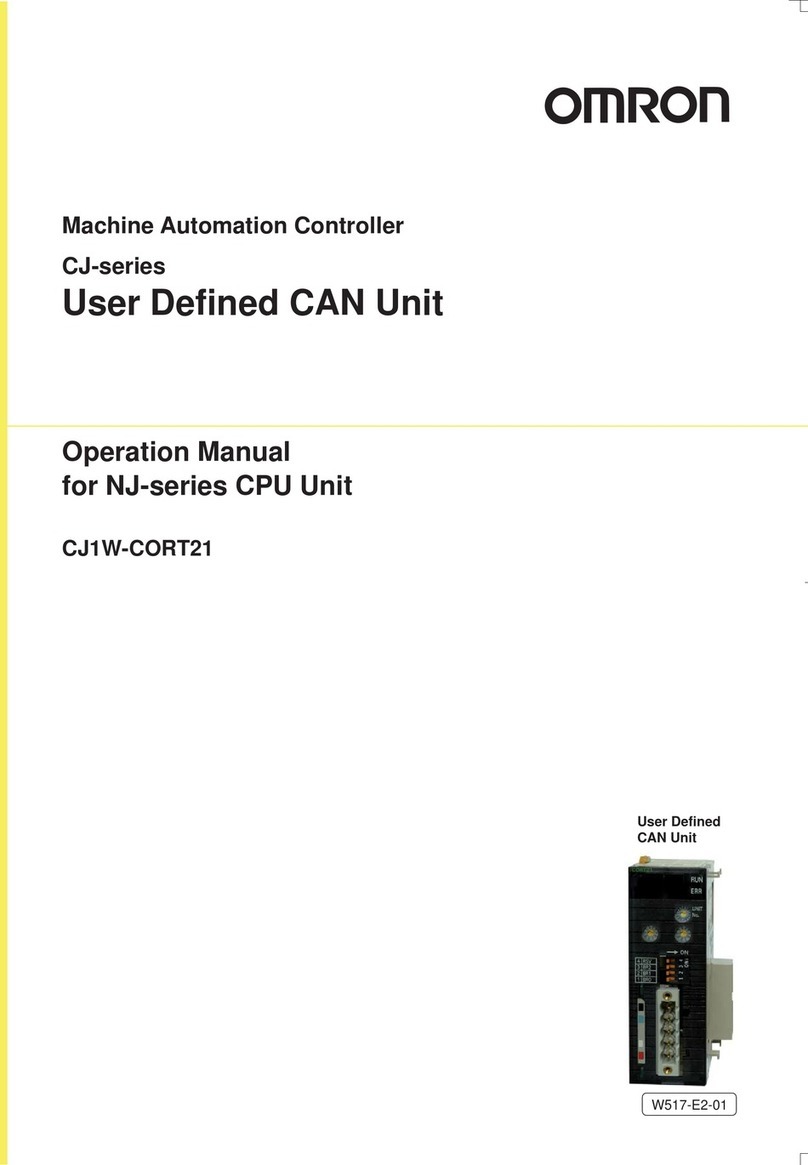
Omron
Omron CJ1W-CORT21 User manual
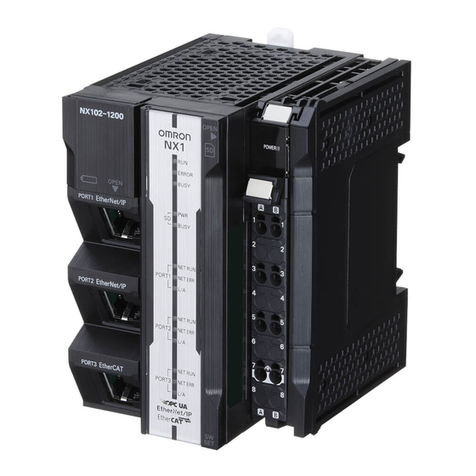
Omron
Omron NX1 Series User manual
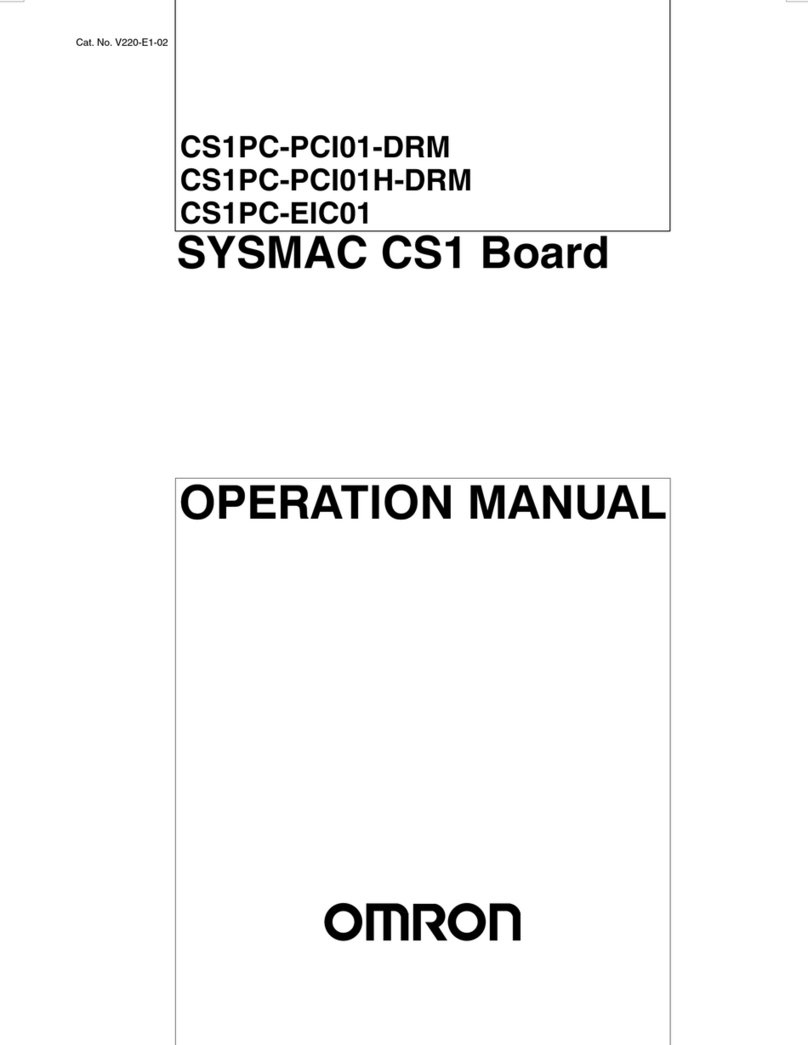
Omron
Omron CS1 - User manual
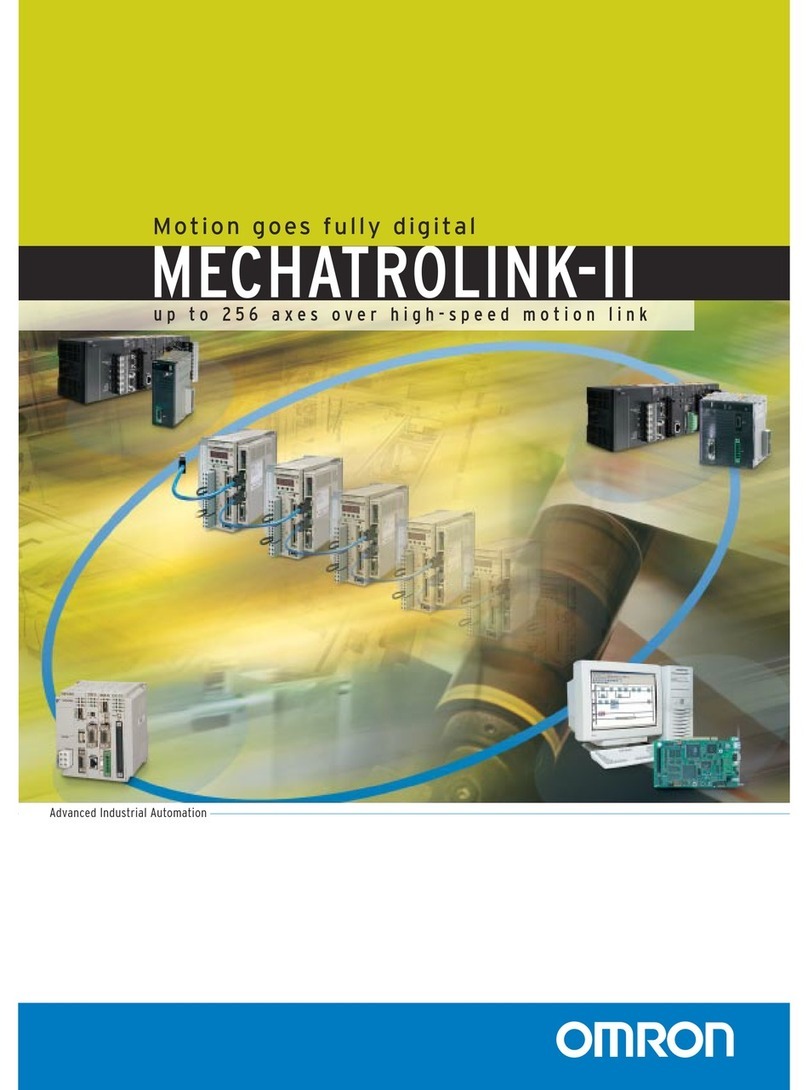
Omron
Omron MECHATROLINK-II - User manual
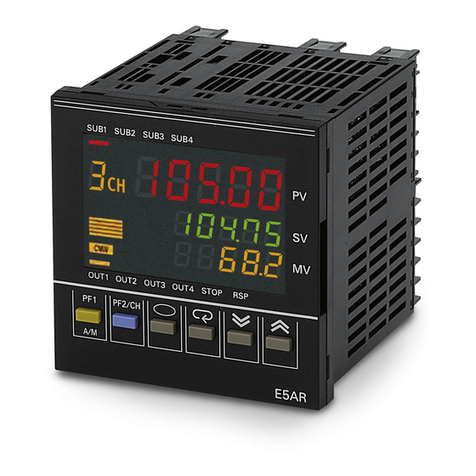
Omron
Omron E5ARER User manual
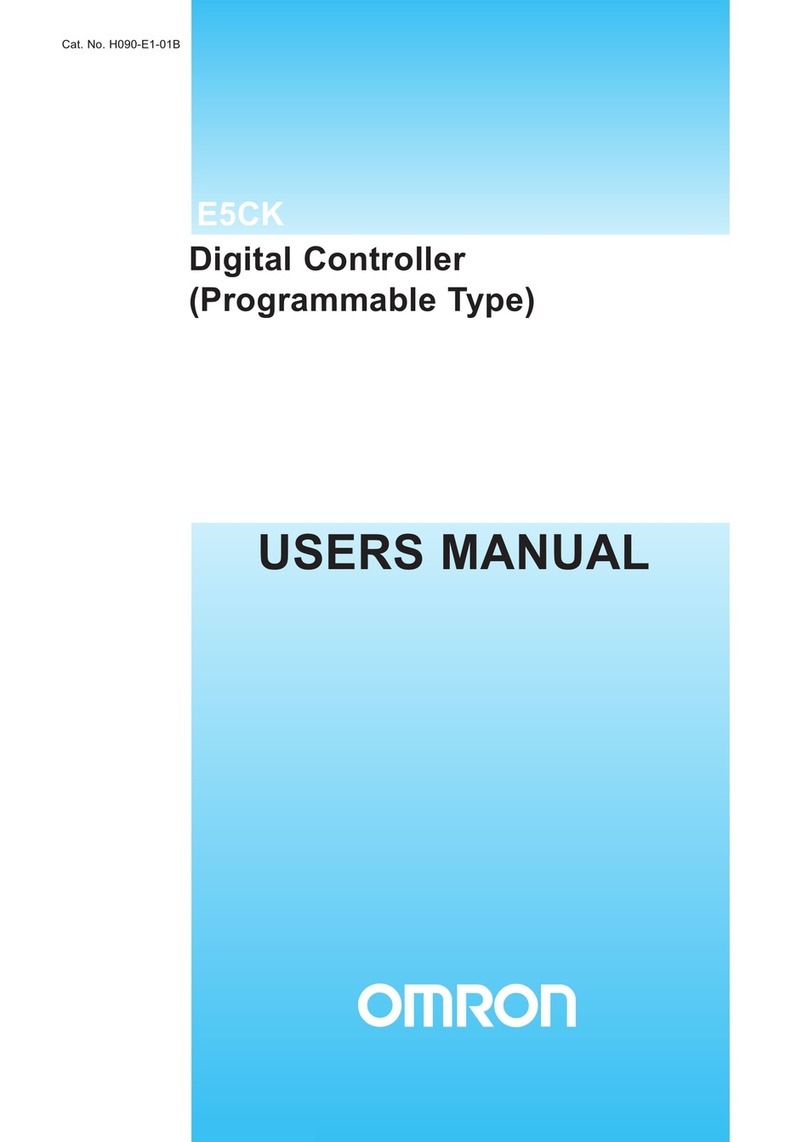
Omron
Omron E5CK User manual
Popular Controllers manuals by other brands

Digiplex
Digiplex DGP-848 Programming guide

YASKAWA
YASKAWA SGM series user manual

Sinope
Sinope Calypso RM3500ZB installation guide

Isimet
Isimet DLA Series Style 2 Installation, Operations, Start-up and Maintenance Instructions

LSIS
LSIS sv-ip5a user manual

Airflow
Airflow Uno hab Installation and operating instructions


